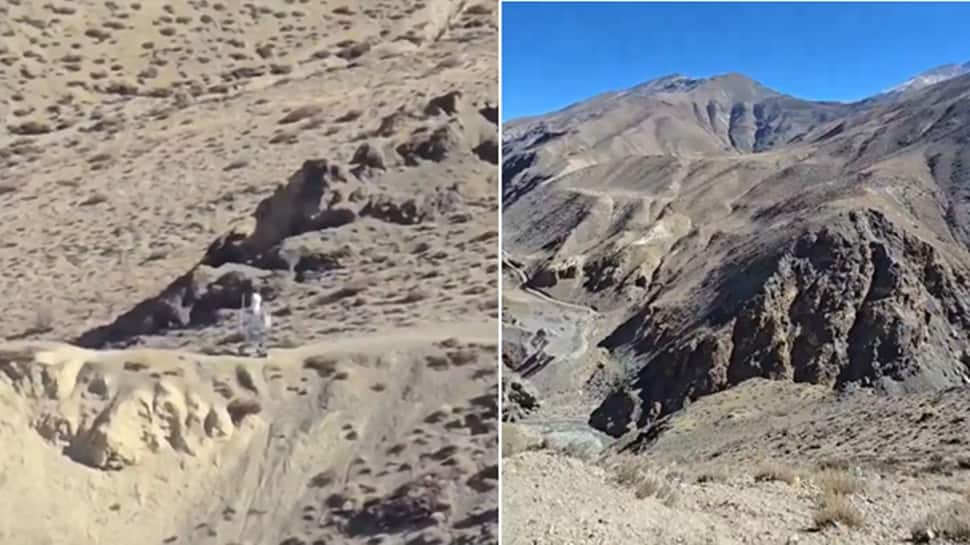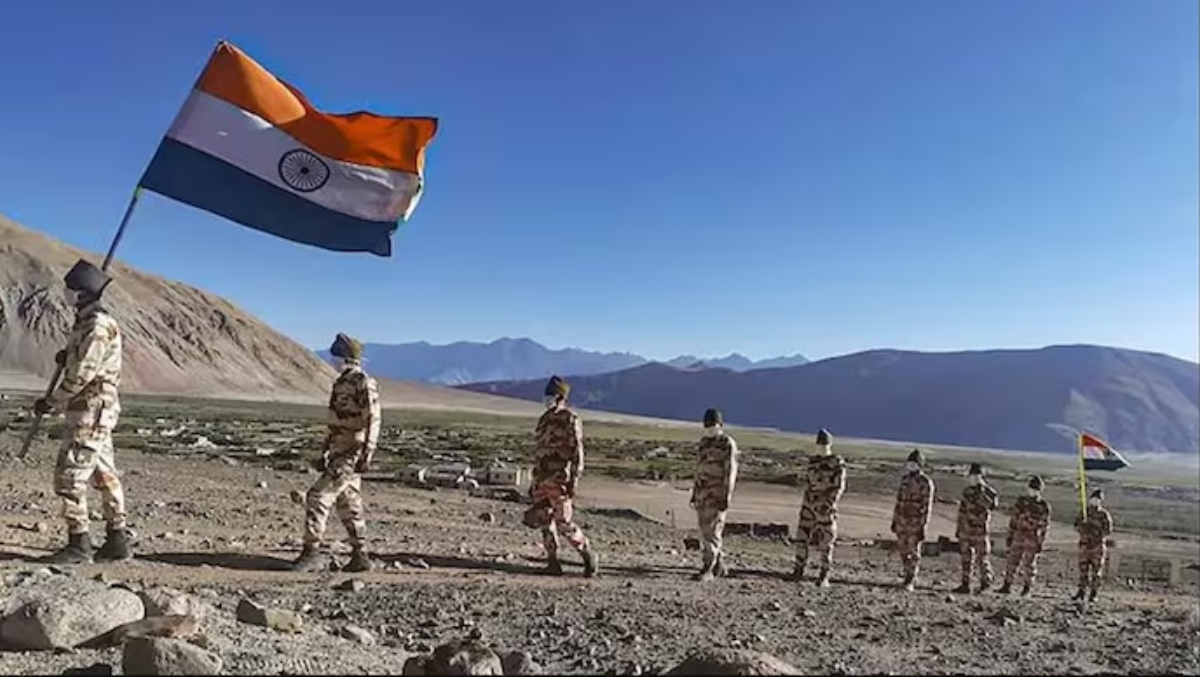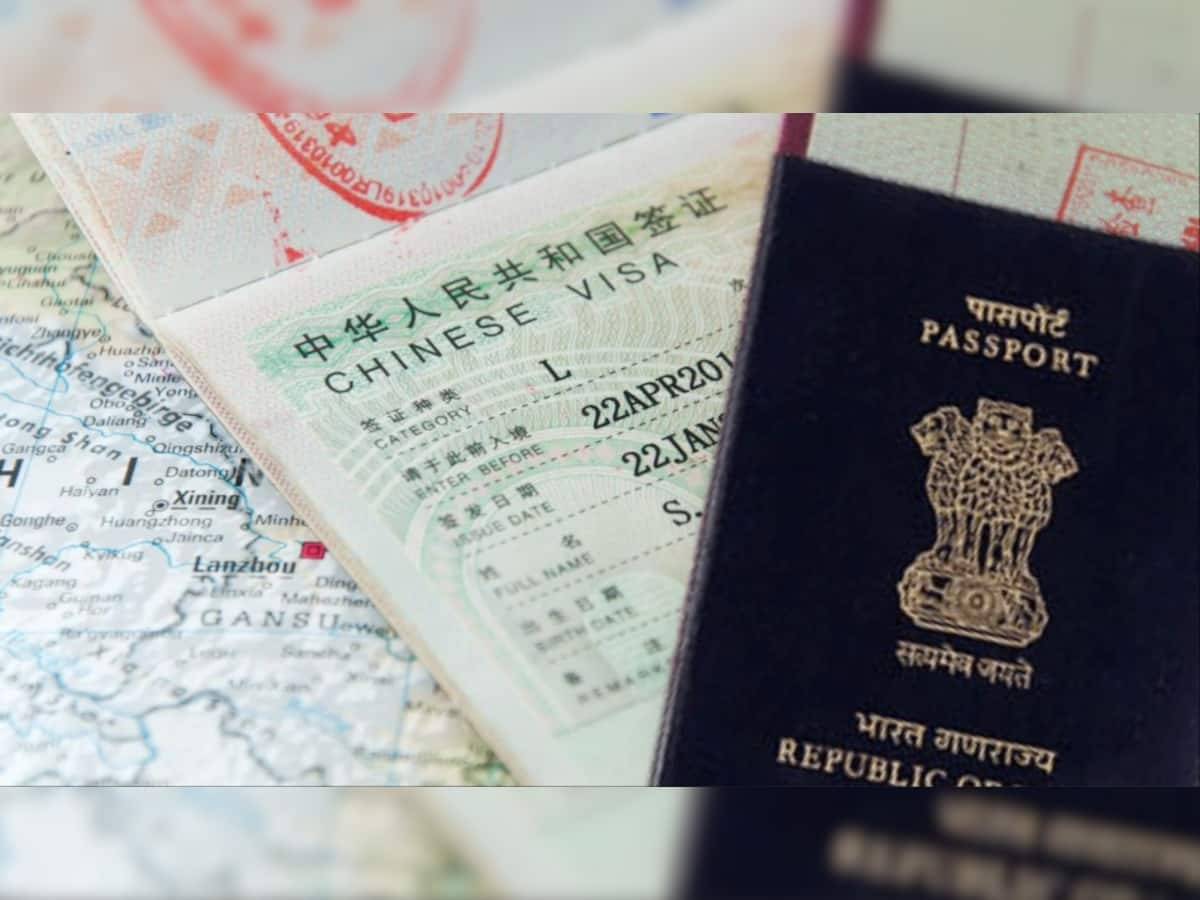Subscribe to Updates
Get the latest creative news from FooBar about art, design and business.
Browsing: Line of Actual Control
India Slams China’s Renaming of Arunachal Pradesh Locations as ‘Preposterous’: Mea | India news
1 Min Read
India on Wednsday Staunchly dismissed China’s reepeated efforts to rename places in arunachal pradesh, terming the exercise as “Vain and prepaper,” Parcel…




